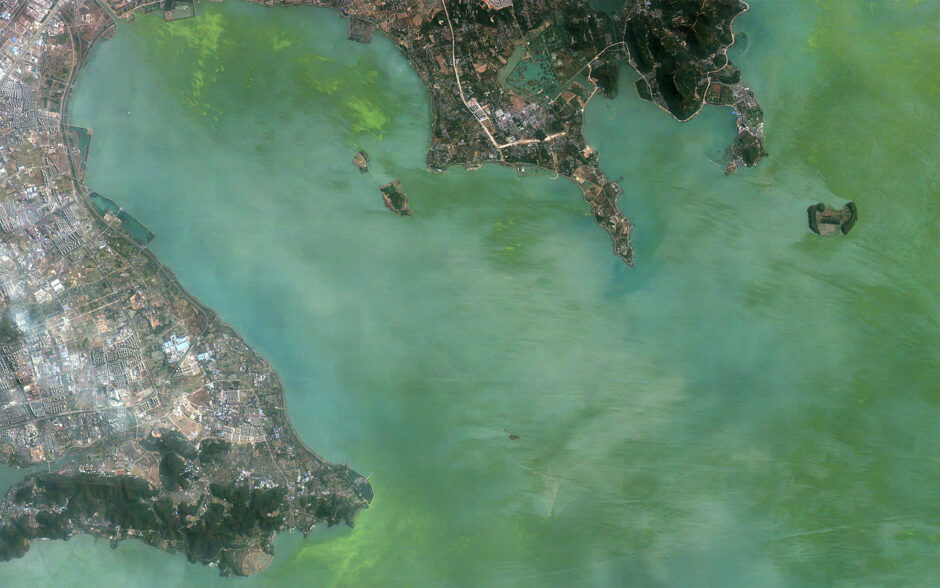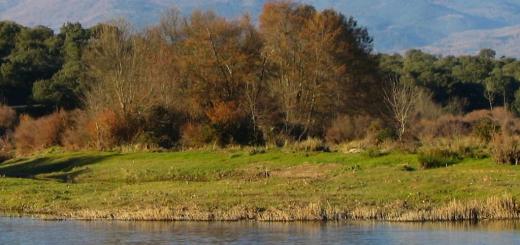Research Brief: Satellites Reveal Global Lake Water Storage Declines
1Lakes cover only 3% of the global land area and store 87% of Earth’s liquid surface freshwater, which serves as a vital resource to all life on the planet.1 Unfortunately, these freshwater resources are under the constant threat of various environmental stressors, leading to declines in global lake water storage.
Across the world, lakes serve a multitude of purposes, storing standing or flowing water that provides essential ecosystem services and regulating climate as a part of the carbon cycle. Unfortunately, water storage declines mean that these services and potential goods are limited.
Recognizing the significance of lakes, resource managers are dedicated to protecting lakes from further declines, though climate change and human activities like damming and high water consumption have made it difficult to preserve these resources.1 A 2023 study published in Science analyzed the 1972 largest global lakes using three decades of satellite observations, climate data, and hydrologic models to identify water storage declines from 1992–2020.

Part of Tai Lake (Taihu) in China, as viewed by Hodoyoshi-1 satellite. (Credit: Axelspace Corporation via Wikimedia Commons CC BY-SA 4.0)
Methods
A global database of time-varying global lake water storage data from 1992 to 2020 was constructed in order to determine total declines. After compiling the data, the impacts of anthropogenic and natural factors on decadal-scale variability were decoupled.
The archive consisted of “subyearly storage time series for 1972 large water bodies, including 1051 natural lakes and 921 reservoirs, which account for 96 and 83% of Earth’s natural lake and reservoir storage, respectively.”1 Large lakes were selectively chosen as satellite observations have limited capabilities for smaller lakes.
Results
The study finds that over the 28 years of observed data, there was a widespread global decline in global lake water storage. Over half (~53%) of the large lakes experienced significant water losses, though an approximate 24% experienced significant water gains. The remaining 360 lakes showed no significant trends over the observed time.
The study concludes that sedimentation is the primary contributor to the global storage decline in existing reservoirs as it offset more than 80% of the increased storage from new dam construction.
Still, water storage increases were largely found in dam-construction hotbeds and in remote or underpopulated regions. Lakes that were impacted by anthropogenic stressors faced more significant declines. “Natural lake volume declined at a net rate of −26.38 ± 1.59 Gt year−1, of which 56 ± 9% is attributable to direct human activities and changes in temperature and potential evapotranspiration.”1
Overall, dryer regions got dryer, but the study also spotted trends of water storage declines in humid and high-altitude regions as well. The net worldwide decline indicates that resource management must recognize and plan for declines in natural water resources as conditions may worsen under the brunt of climate change or increased use.
Source
- Fangfang Yao et al., Satellites reveal widespread decline in global lake water storage. Science 380, 743-749 (2023). DOI:1126/science.abo2812














[…] land and water use in some regions ask too much of the systems they are relying on, leading to global declines in water storage as resources are abused. This overuse can lead to significant problems later on as drying lakes […]